Introduction
As the name implies, Closed Circuit Television (CCTV) is a system in which the circuit is closed and all the elements are directly connected. This is unlike broadcast television where any receiver that is correctly tuned can pick up the signal from the airwaves. Directly connected in this context includes systems linked by microwave, infrared beams, etc. This article introduces the main components that can go to make up CCTV systems of varying complexity.
The Applications for CCTV
Probably the most widely known use of CCTV is in security systems and such applications as retail shops, banks, government establishments, etc. The true scope for applications is almost unlimited. Some examples are listed below.
- Monitoring traffic on a bridge.
- Recording the inside of a baking oven to find the cause of problems.
- A temporary system to carry out a traffic survey in a town centre.
- Time lapse recording for the animation of plasticine puppets.
- Used by the stage manager of a show to see obscured parts of a set.
- The well-publicised use at football stadiums.
- Hidden in buses to control vandalism.
- Recording the birth of a gorilla at a zoo.
- Making a wildlife program using a large model helicopter.
- Reproducing the infrared vision of a goldfish!
- Aerial photography from a hot air balloon.
- Production control in a factory.
The list is almost endless and only limited by the imagination.
The Camera
The starting point for any CCTV system must be the camera. The camera creates the picture that will be transmitted to the control position. Apart from special designs CCTV cameras are not fitted with a lens. The lens must be provided separately and screwed onto the front of the camera. There is a standard screw thread for CCTV cameras, although there are different types of lens mounts.
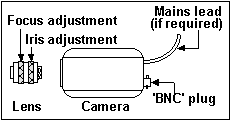
Diagram 1 Camera And Lens
Not all lenses have focus and iris adjustment. Most have iris adjustment. Some very wide angle lenses do not have a focus ring. The ‘BNC’ plug is for connecting the coaxial video cable. Line powered cameras do not have the mains cable. Power is provided via the coaxial cable.
The Monitor
The picture created by the camera needs to be reproduced at the control position. A CCTV monitor is virtually the same as a television receiver except that it does not have the tuning circuits.

Diagram 2 CCTV Monitor
Simple CCTV Systems
The simplest system is a camera connected directly to a monitor by a coaxial cable with the power for the camera being provided from the monitor. This is known as a line powered camera. Diagram 3 shows such a system. Probably the earliest well-known version of this was the Pye Observation System that popularised the concept of CCTV, mainly in retail establishments. It was an affordable, do-it-yourself, self-contained system.
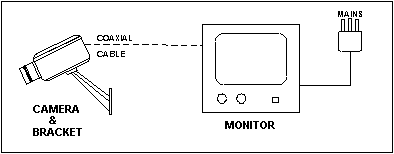
Diagram 3 A Basic Line Powered CCTV System
The next development was to incorporate the outputs from four cameras into the monitor. These could be set to sequence automatically through the cameras or any camera could be held selectively. Diagram 4 shows a typical arrangement of such a system. There was even a microphone built into the camera to carry sound and a speaker in the monitor.
The speaker, of course, only put out the sound of the selected camera. There were however a few disadvantages with the system, although this is not to disparage it. The microphone, being in the camera, tended to pick up sound close to it and not at the area at which it was aimed. There was a noticeable, and sometimes annoying, pause between pictures when switching. This was because the camera was powered down when not selected and it took time for the tube to heat up again.
The system was, though, cheap to buy and simple to install. It came complete in a box with camera, 16mm lens, bracket, switching monitor and 12 metres of coaxial cable with fitted plugs. An outlet socket for a video recorder was provided, although reviewing could be a little tedious when the cameras had been set to sequence.
There are now many systems of line powered cameras on the market that are more sophisticated than this basic system. Most of the drawbacks mentioned have been overcome.
Cameras had been around for a long time of course, before this development. The example is given to show the simplest, practical application. The use of some line powered cameras can impose limitations on system design. They do though, offer the advantage of ease of installation.
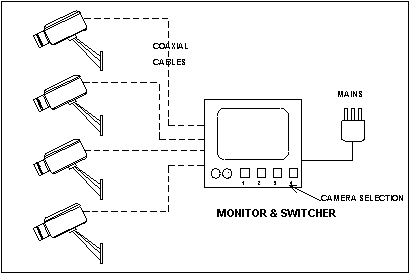
Diagram 4 A Four-Camera Line Powered CCTV System
Mains Powered CCTV Systems
The basic CCTV installation is shown in diagram 5 where the camera is mains powered as is the monitor. A coaxial cable carries the video signal from the camera to the monitor. Although simple to install it should be born in mind that the installation must comply with the relevant regulations such as the Institute of Electrical Engineers latest edition. (Now incorporated into British Standard BS7671). Failure to do so could be dangerous and create problems with the validity of insurance.
This arrangement allows for a great deal more flexibility in designing complex systems. When more than one camera is required, then a video switcher must be included as shown in diagram 6. Using this switcher any camera may be selected to be held on the screen or it can be set to sequence in turn through all the cameras. Usually the time that each camera is shown may be adjusted by a control knob or by a screwdriver.
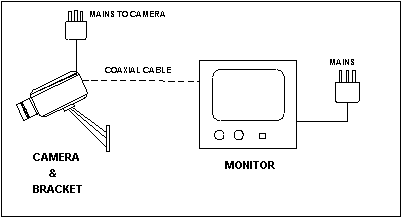
Diagram 5 A Basic Mains Powered CCTV System
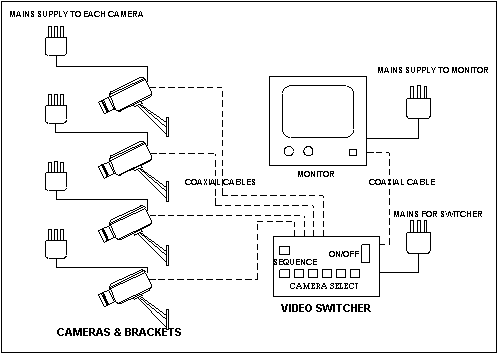
Diagram.6 A Four-Camera System With Video Switcher
Systems with Video Recording
The next development of a basic system is to add a video recorder, the arrangement would be as shown in diagram 7.
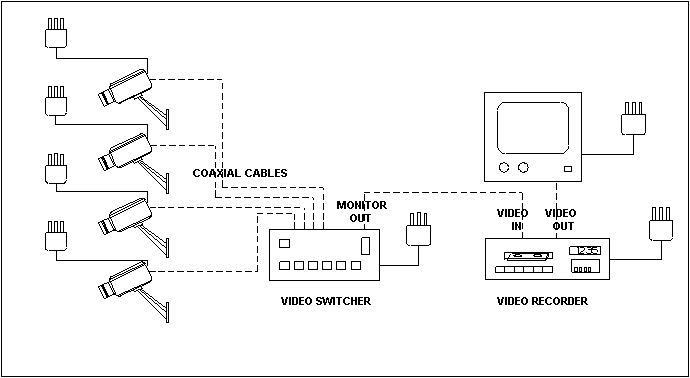
Diagram 7A Multi Camera System With Video Recorder
With this arrangement the pictures shown during play back will be according to the way in which the switcher was set up when recording. That is, if it was set to sequence then the same views will be displayed on the monitor. There is no control over what can be displayed.
Movable Cameras
So far all the cameras shown have been fixed with fixed focal length lenses. In many applications the area to be covered would need many fixed cameras. The solution to this is to use cameras fixed to a movable platform. This platform can then be controlled from a remote location. The platform may simply rotate in a horizontal plane and is generally known as a scanner. Alternatively the platform may be controllable in both horizontal and vertical planes and is generally known as a pan, tilt unit. A basic system is illustrated in diagram 8.
This chapter does not deal with how cameras are controlled or wired; it is just showing the facilities that may be incorporated into a CCTV system. Therefore the diagrams that follow are simply descriptive block diagrams and not connection drawings.

Diagram 8 Basic Movable Camera System
Cameras may be used indoors or outdoors. When used outdoors they will always require a protective housing. For indoor use the environment or aesthetic constraints will dictate whether a housing is needed. Systems may contain a combination of both fixed and movable cameras.
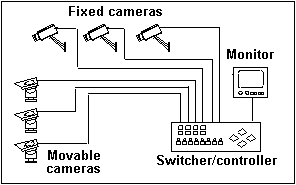
Diagram 9 Multiple Camera System
Other Considerations
This has been an introduction to some of the fundamentals of CCTV. Recent developments have made some very sophisticated systems possible. These include concepts such as multiple recording of many cameras; almost real time pictures over telephone lines; true real time colour pictures over the ISDN telephone lines; switching of hundreds, even thousands, of cameras from many separate control positions to dozens of monitors; reliable detection of movement by electronic evaluation of the video signal; immediate full colour prints in seconds from a camera or recording; the replacement of manual controls by simply touching a screen;
Further articles in this series will cover cameras and lenses in more detail.
